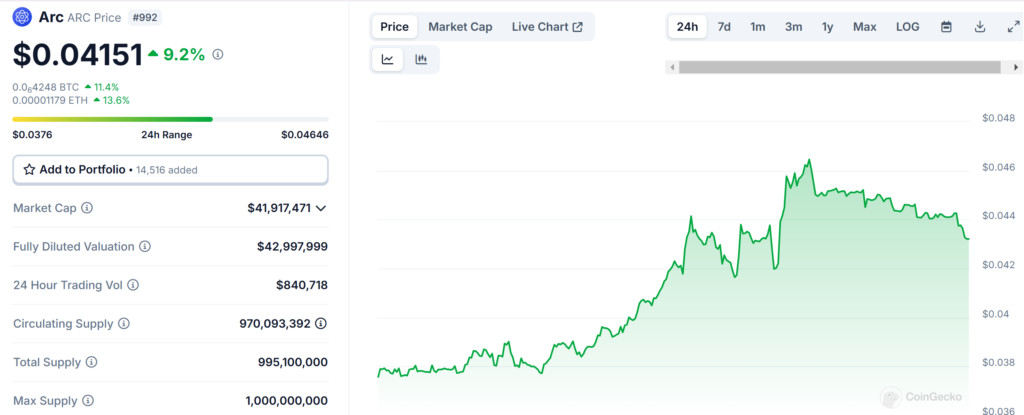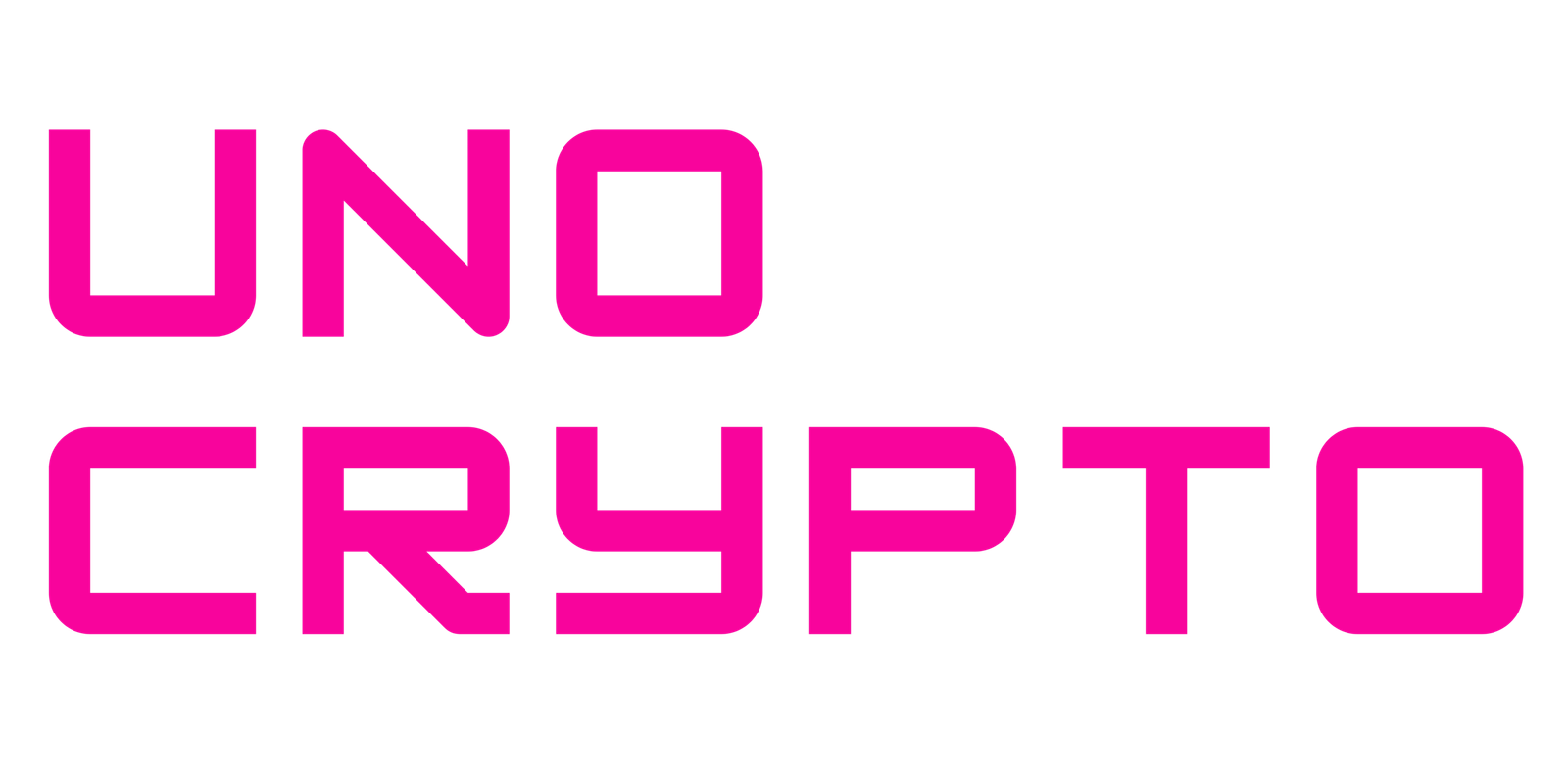A significant market movement has been detected in the ARC token ecosystem, with a whale investor making a substantial purchase in the past 13 hours earlier today on January 7, 2025.
According to OnchainLens monitoring, the whale address invested 2 million USDC to acquire 4.92 million ARC tokens at an average price of $0.40 per token.
The strategic accumulation has proven profitable, as the address now holds a total of 10.19 million ARC tokens, valued at approximately $3.99 million.
The investment has already generated a floating profit of approximately $740,000, demonstrating the potential returns in well-timed cryptocurrency investments.
Contrasting Trading Outcomes
In stark contrast to the whale’s successful investment, another significant incident in the ARC token ecosystem has highlighted the risks inherent in cryptocurrency trading.
A trader suffered a substantial loss of $102,000 due to an unfortunate swap between ARC and ELIZA tokens.
The incident was particularly noteworthy as it resulted from incorrect data provided by Binance’s Alpha release, leading to a devastating 52.5% portfolio loss for the affected trader.
The situation serves as a sobering reminder of the importance of careful verification and the risks associated with relying on preliminary or beta trading data.
Current ARC Market Performance
The ARC token has shown remarkable market strength in recent trading periods. Currently trading at $0.04321.
The token has demonstrated significant positive momentum with a 14.02% price increase in the last 24 hours and an even more impressive 55.13% gain over the past week.

Trading volume has reached $840,718 within the last 24 hours, indicating active market participation.
With a circulating supply of 970 million ARC tokens, the project maintains a market capitalization of $41,917,471, reflecting substantial market interest and liquidity.
Regulatory and Market Implications
The contrasting outcomes of these transactions have broader implications for the cryptocurrency market.
The successful whale investment demonstrates the potential for significant profits in cryptocurrency trading, while the ELIZA swap loss highlights the critical need for reliable market data and robust trading infrastructure.
Adding to these concerns, Australian regulatory authorities have raised issues regarding Binance Australia Derivatives’ client classification practices, suggesting that retail investors may have been inappropriately exposed to high-risk products.
These developments collectively underscore the complex nature of cryptocurrency trading and the ongoing need for both careful due diligence by traders and improved regulatory oversight in the digital asset space.


